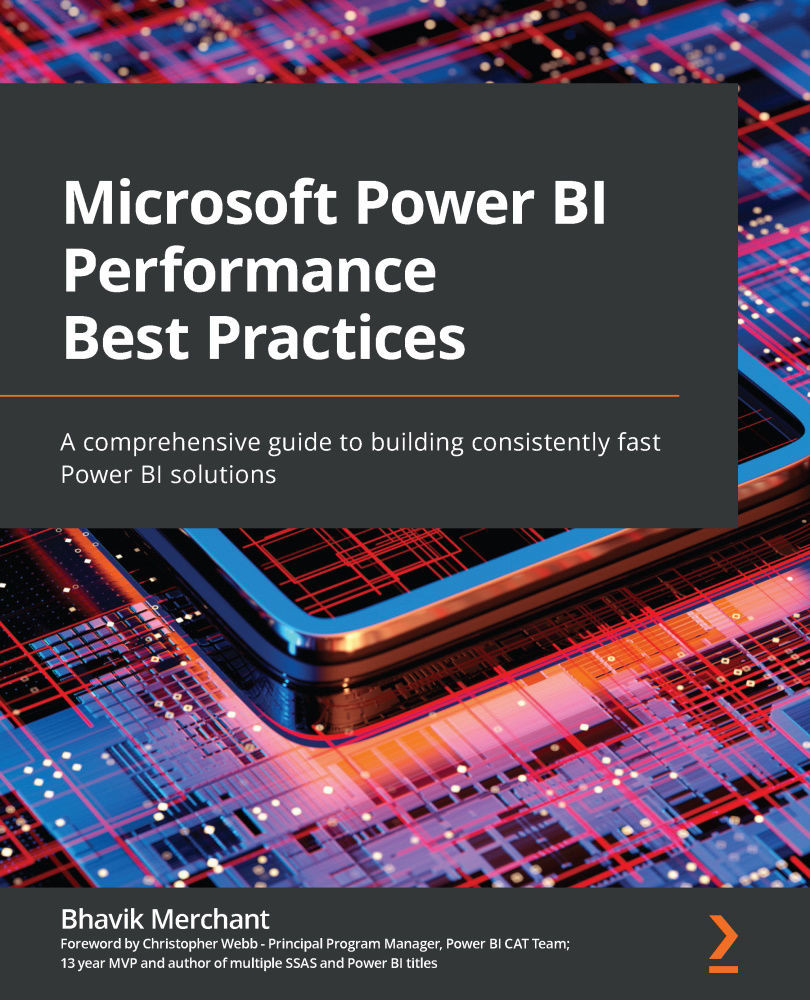Overview of this book
This book comprehensively covers every layer of Power BI, from the report canvas to data modeling, transformations, storage, and architecture.
Developers and architects working with any area of Power BI will be able to put their knowledge to work with this practical guide to design and implement at every stage of the analytics solution development process. This book is not only a unique collection of best practices and tips, but also provides you with a hands-on approach to identifying and fixing common performance issues.
Complete with explanations of essential concepts and practical examples, you’ll learn about common design choices that affect performance and consume more resources and how to avoid these problems. You’ll grasp the general architectural issues and settings that broadly affect most solutions. As you progress, you’ll walk through each layer of a typical Power BI solution, learning how to ensure your designs can handle scale while not sacrificing usability. You’ll focus on the data layer and then work your way up to report design. We will also cover Power BI Premium and load testing.
By the end of this Power BI book, you’ll be able to confidently maintain well-performing Power BI solutions with reduced effort and know how to use freely available tools and a systematic process to monitor and diagnose performance problems.



 Free Chapter
Free Chapter
